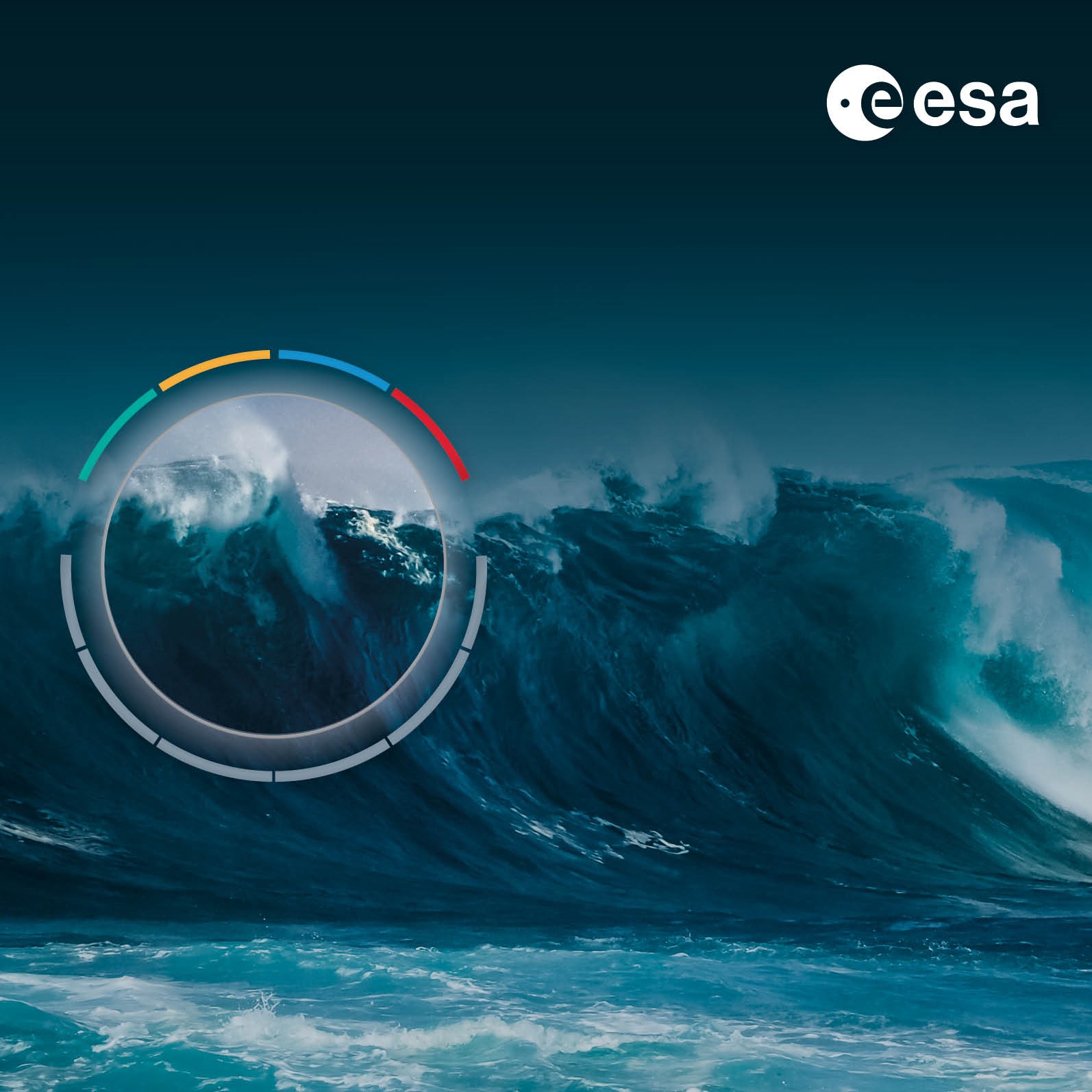
Ocean energy has a key role to play in the energy transition in countries with coastal areas and island territories. Progress on technological and industrial level can be observed with worldwide funding increasing as governments make bigger commitments to ocean energy as a means of strengthening the security of energy supply and strategic autonomy.
While presenting a huge potential, the technology overall for ocean energy is still at an early stage of development. Tidal barrage and stream, wave energy, salinity and temperature gradient are the main sources of ocean energy. Wave energy and tidal stream converters are the most mature and applicable across different geographies. Global total tidal stream saw an increase of 1.7 MW of new installations in 2022, accumulating to a total of 41.2 MW since 2010. On the other hand, wave energy increased by 165kW in 2022, 24.9 MW of cumulative installations since 2010.
Europe has held a key competitive advantage in ocean energy throughout 20 years of investment in R&D. The European Union (EU) countries in particular and the private sector have invested more than € 4 billion over the last ten years in research and pilot projects on ocean energy. This investment has led to a lot of competition in the European market, with companies trying to impose their marine turbine or wave energy converter concepts for mass production as well as cost reduction.
This report highlights the key areas where space-based applications and technologies can play an important role to overcome challenges such as effective and efficient location scouting, bankability estimations, environmental policy decision making, monitoring and maintence and system planning and transmission activities.
Find out more on the added value of space and ESA’s support programmes in this latest mini report.
Download the full reportArticle Courtesy of ESA COMMERCIALISATION GATEWAY











 Copyright 2023 All rights reserved.
Copyright 2023 All rights reserved.